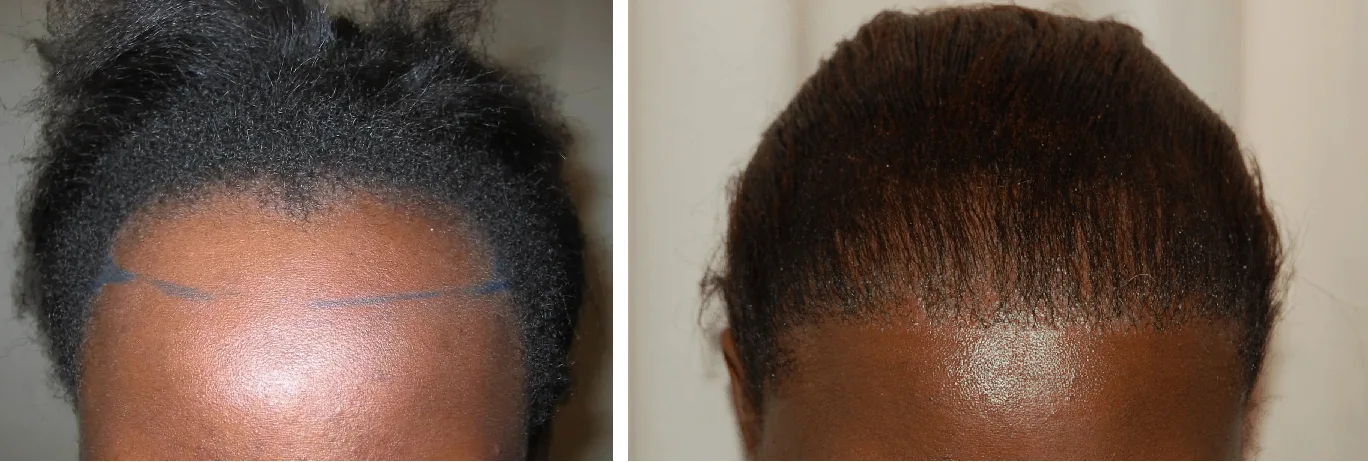As babies grow up, their baby teeth, also known as ‘milk teeth,’ fall out. Overtime, their baby teeth start to fall out and their permanent teeth, also seen as ‘adult teeth,’ begin to grow in. However, there are times where their baby teeth fall out earlier than expected.
If this does occur with your child, it is best to visit a pediatric dentist. They may notice a prematurely empty gap in the mouth between teeth. One suggestion that they may determine after diagnosing your child’s specific dental case is for them to use a tool called ‘space maintainers.’
What are ‘Space Maintainers’?
Space maintainers are dental devices that are used to preserve a remaining space in the mouth in order for a permanent tooth to grow in a correct manner. This helps to guide the permanent tooth to grow in the correct direction and prevent any future complications that may occur due to not maintaining the gap at an early stage.
Baby teeth may fall out early for many reasons such as accidents, congenital defects, or tooth decay. It does depend on your child’s case.
Different Types of Space Maintainers
These devices can be designed and constructed in various ways to fit different areas of the mouth.
There are fixed and removable space maintainers.
Fixed Space Maintainers:
Generally, a fixed space maintainer is a semi-permanent device that is used as a tooth fixture to keep enough space open for the adult teeth to grow in the right direction. This maintainer can be removed once the permanent tooth has grown in. Under this category, there are also different types of fixed retainers that a pediatric dentist may suggest to help guide your child’s teeth. This includes: crown and loop, lingual, distal shoe and unilateral.
Crown and Loop:
This dental appliance involves a crown that is placed over one tooth with an additional stainless steel wire loop. There is pressure that the loop applies against the other side of the tooth with the gap, keeping this space open. Once the permanent tooth pushes out into the empty space, that crown can then be removed.
Lingual:
These devices use a wire and crowns in order to maintain the spacing across multiple gaps between teeth. This is sometimes suggested by dental specialists if a child is missing teeth due to a congenital defect.
Distal Shoe:
A study conducted from the University of Maryland states how this is an effective method to guide an unerupted adult molar into the right position that requires aid due to premature loss. This uses a stainless-steel crown that acts as the retainer to help with the correction of a molar. It is very important to have regular visits with your pediatric dentist when proceeding with this to ensure the treatment is working properly as the distal shoe is inserted into the gum line.
Unilateral:
Following this dental treatment similarly uses a wire to keep the space between two teeth such as the crown and loop. Although, a unilateral appliance has its wire wrapped around the teeth on either side of the space between teeth.
Removable Space Maintainers:
Removable space maintainers are another option that a dentist may suggest if a child’s tooth is already almost ready to grow in. Usually, this is considered with older children or even adults. These are designed in a similar technique as orthodontic treatments and are personalized to fit your child’s needs. Visit a specialist pediatric dentist to find which type of maintainer is the right one for your child’s dental case.
Most times, these maintainers are created with acrylic material and temporarily use an artificial tooth. Removable space maintainers bring ease when it comes to good dental care to focus on oral hygiene, including tooth brushing and flossing. Children would have the ability to remove the space maintainer out of their mouth for proper cleaning.
Why do Pediatric Dentists sometimes recommend space maintainers?
Once a pediatric dentist examines your child’s mouth, they may find that a milk tooth has fallen out too early where it will still take time to wait for the permanent tooth to grow in. There would then need to be an alternative to reserve space for the adult tooth. If it is left untreated instead, it may lead to the adult teeth to grow in a crooked position and bring further dental complications.
Though this device may be recommended by a dentist to provide guidance for your child’s adult teeth to grow in correctly, special attention must be given to ensure its treatment process, as well as their oral hygiene.
In the National Center for Biotechnology Information, evaluations of the space maintainers were studied to observe its effect on oral hygiene. This covered the factors of periodontal health, plaque accumulation and oral microflora. Overall, both the fixed and removable space maintainers were found to increase the chances in oral cavities and be a source of infection.
Check-ups with a professional dental specialist will prevent any dental issues from occurring and provide the best suitable guidance for you and your child to gain their healthy growth development. At Clinic Effect, our pediatric dentists provide high quality dental care with great dedication to deliver a child-friendly approach in a fun dental environment to cater your child with the nurture that they deserve.
Reference:
- University of Maryland
- National Center for Biotechnology Information




